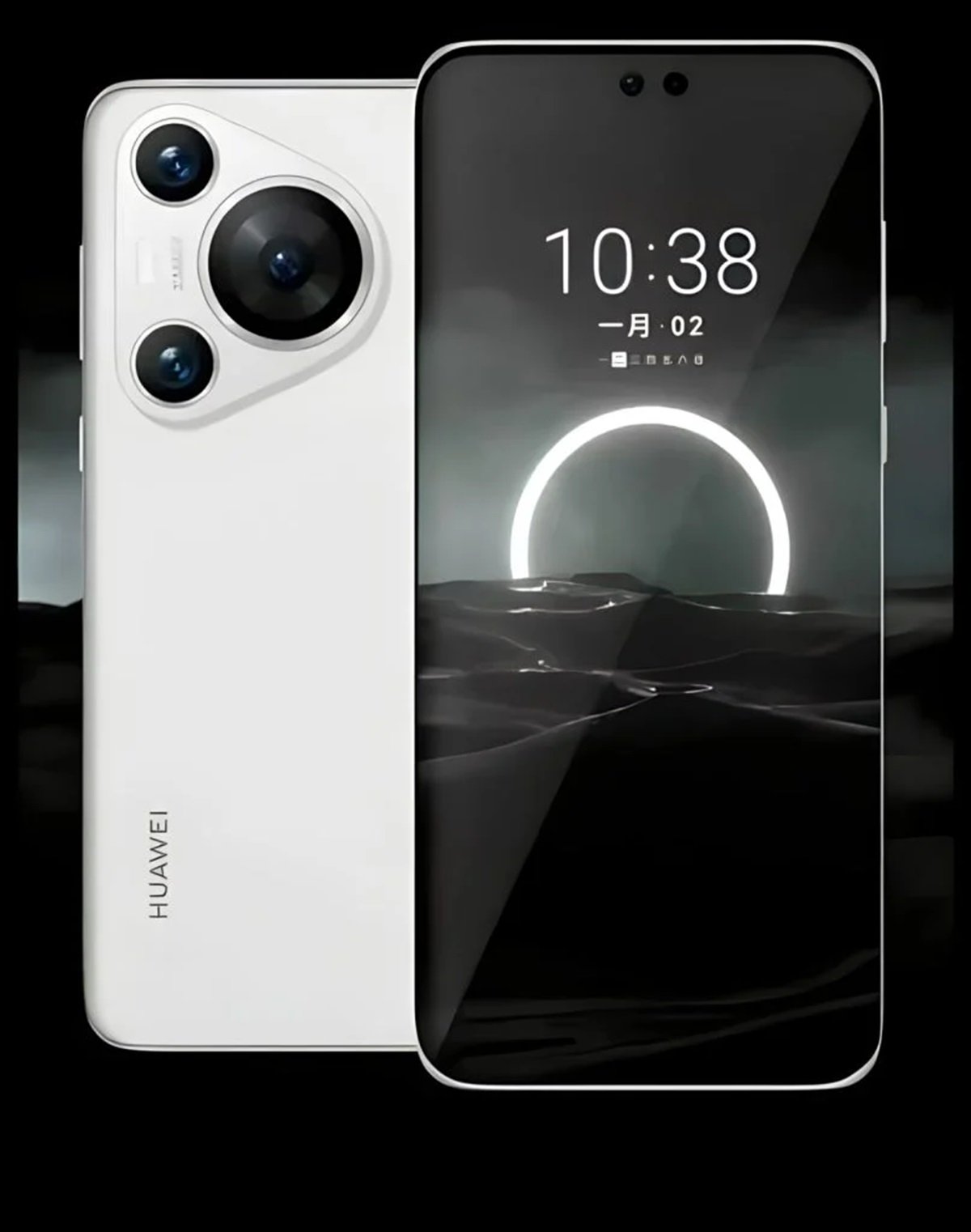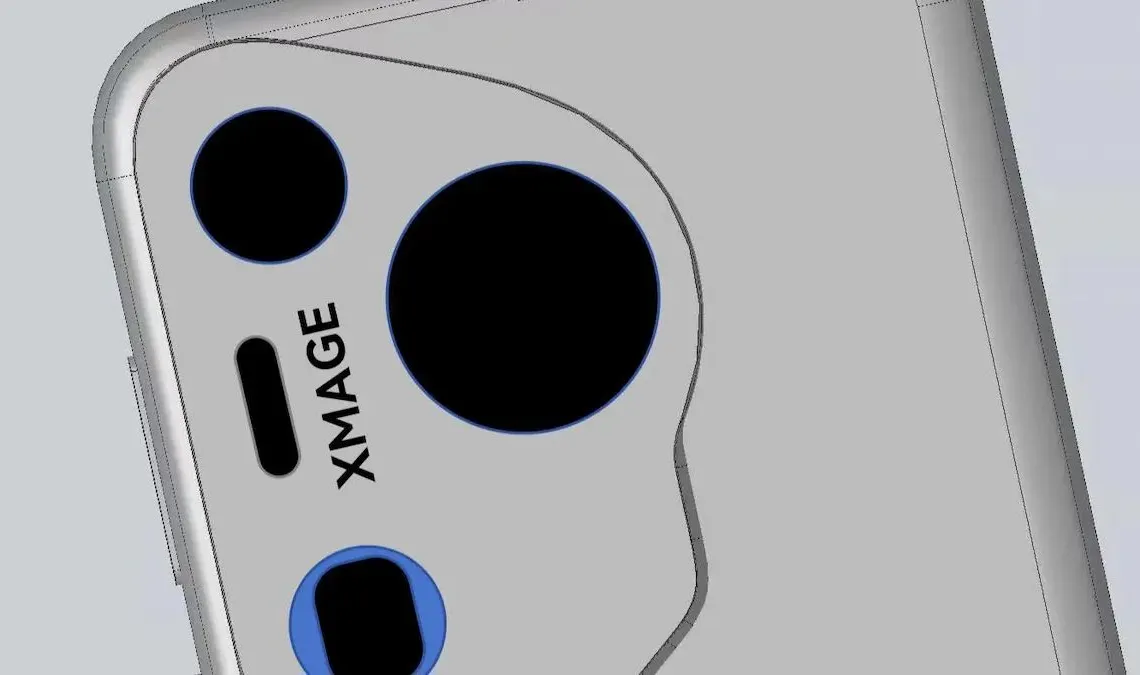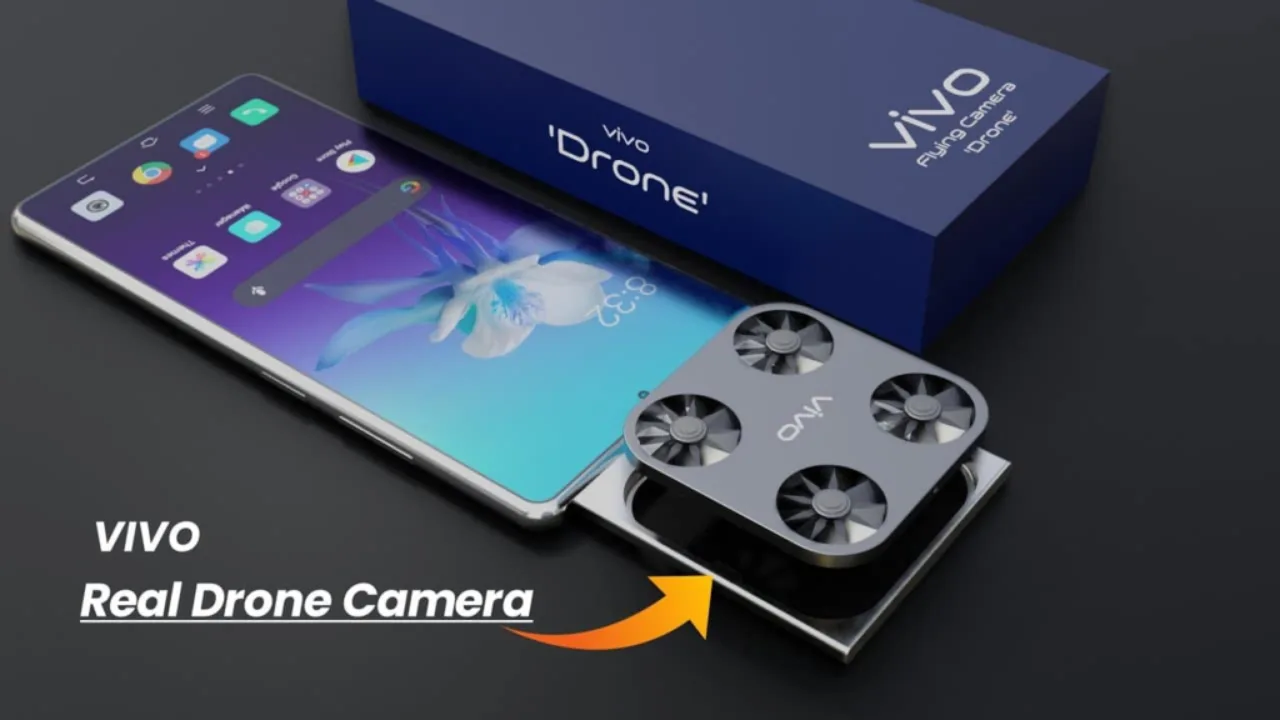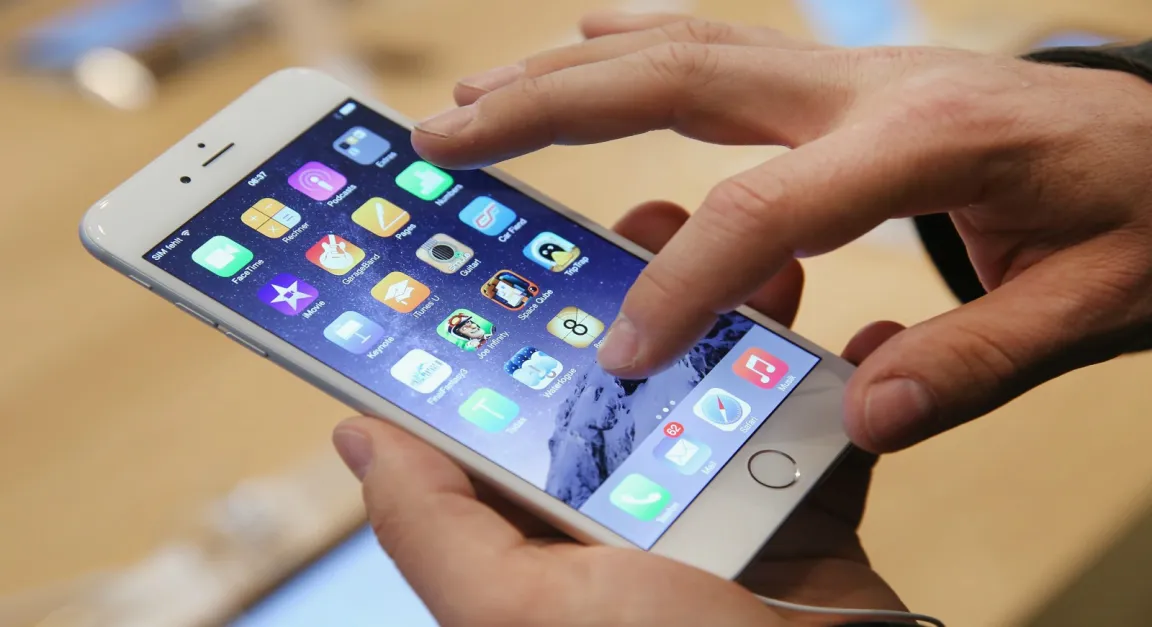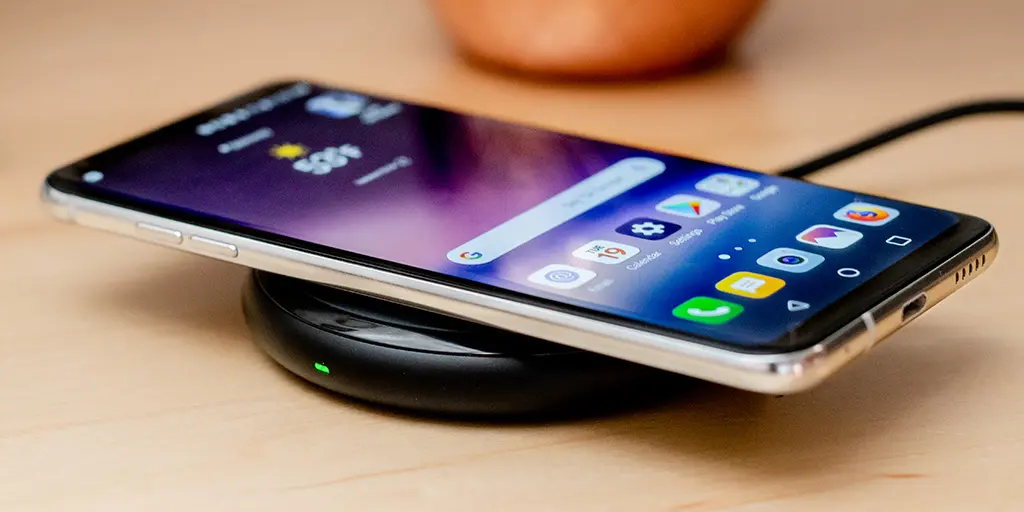The recently concluded Mobile World Congress in Shanghai Showed us China’s impressive progress in 5G technology and beyond. This event showcased the significant advancements made by China in the 5G sector and it is attracting major telecommunication companies from around the world.
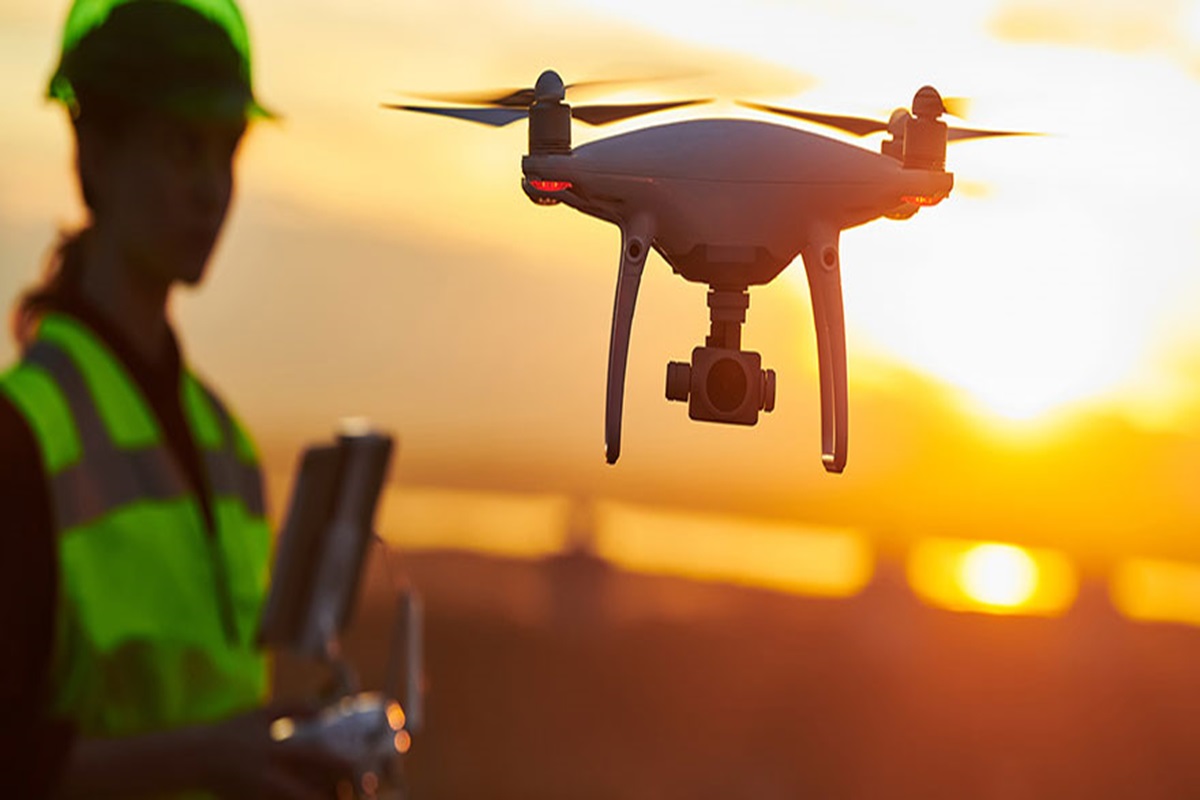
Currently, 60 percent of global 5G stations are working in China mainland and more than half of China’s mobile phone users are using 5G technology. The new technologies in the 5G system promising the world a better user experience.
Foreign entrepreneurs showed us great interest in China’s next phase of 5G. Many investors came to Shanghai to explore the features of 5G technology. The 5G system will support 94 thousand technologies in various fields, including technology and health.
At the event, there were displays of drones and flying cars operated by the 5G system. These vehicles will be directly connected to satellite communication, which will be useful for sending emergency messages and distress signals from areas without a mobile network.
The emergency UAV (Unmanned Aerial Vehicle) system can be a game changer. This system will be crucial for rescue operations and providing quick assistance to disaster areas. Additionally, the event demonstrated how artificial intelligence will enhance the 5G Plus version. All industries in China are set to enter a new era with the 5G Plus system.
The Mobile World Congress in Shanghai showed everyone how China is leading the way in 5G technology and how this technology will bring new opportunities and improvements in various industries in the whole world.




